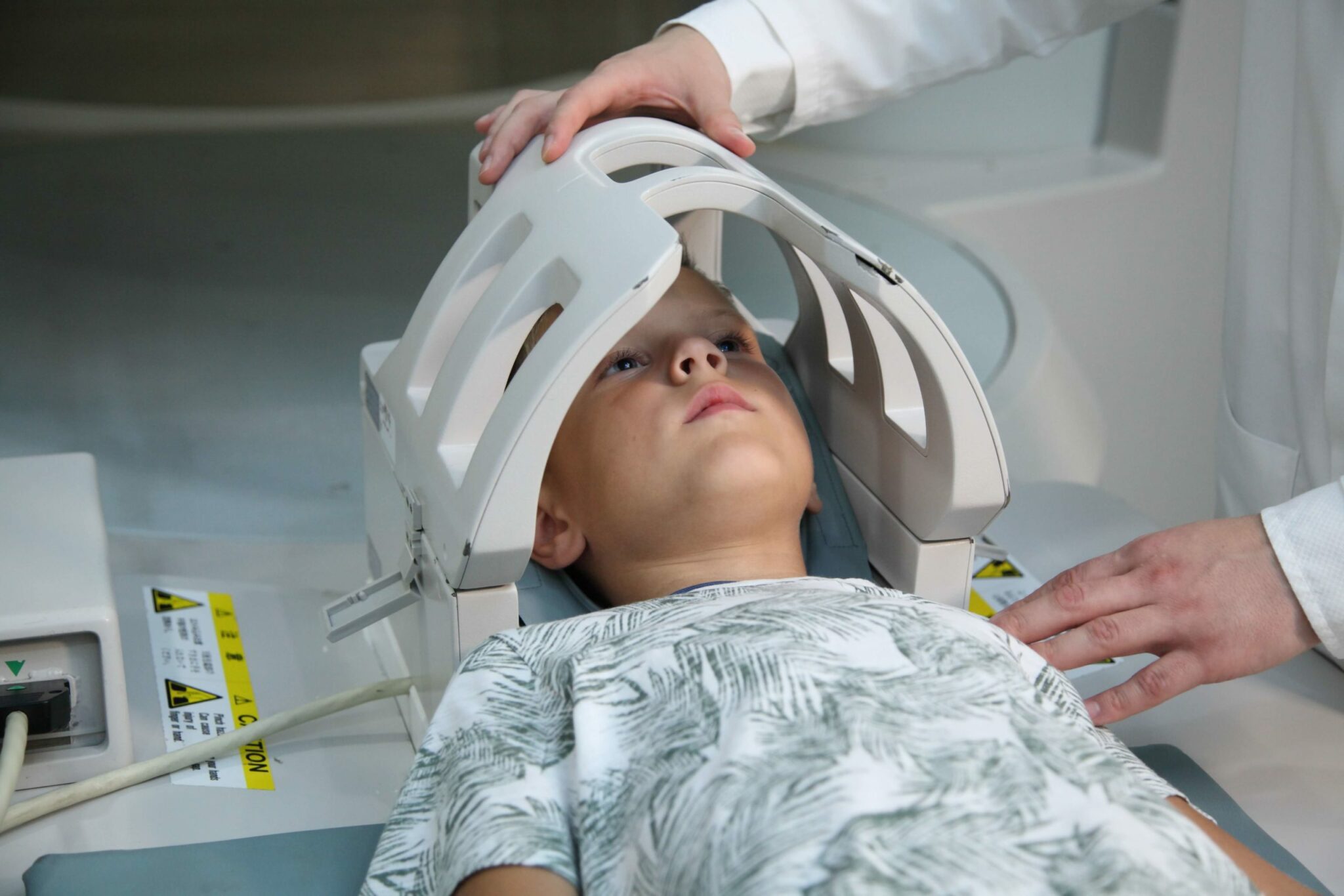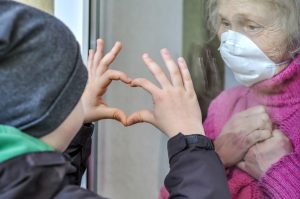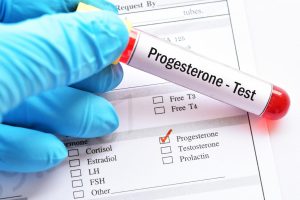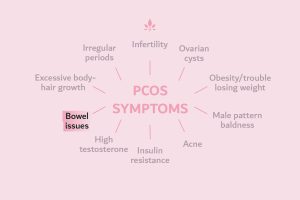Brain Cancer in Children

Cancer refers to any condition that causes cell to multiply uncontrollably in the body. These conditions can occur in people of all ages and at any place in the body, including the brain. While brain tumors and cancer in general are rare in young people, brain and spinal cord tumors are the third most common cancer type after leukemia and lymphoma and the second most common solid tumor, according to the National Cancer Institute.
Examples of common pediatric brain tumor types include:
- Brainstem gliomas—occurs in children typically at about six years of age.
- Ependymomas—which are cancers of the fluid-filled spaces in the brain known as the ventricles. These tumors represent an estimated 6 percent of all brain tumor types in children, according to St. Jude Children’s Research Hospital.
- Medulloblastomas—which are the most common childhood brain cancer type. Most are diagnosed before age 10 and typically occur around age 5. Boys are more likely to be diagnosed with this kind of tumor.
Children can have a brain tumor that is a clump of non-cancerous cells. These are called benign brain tumors. However, benign brain tumors can enlarge and press on areas of the brain, causing harmful symptoms.
Symptoms of a brain tumor in children can vary from child to child. However, examples include:
- Balance impairment or trouble walking
- Expanding head size in infants
- Impaired speech
- Morning headache
- Nausea and vomiting
- Personality or behavioral changes
- Seizures
- Unexplained fatigue
- Vision or hearing loss
Brain tumors that affect infants may keep the infant from achieving growth and development milestones, such as sitting up or walking.
If you notice behavioral changes or unexplained illness in your child, you should make an appointment with your pediatrician. Your child’s doctor can review concerning symptoms and conduct a physical examination, specifically looking at the neurologic exam. If a brain tumor is suspected, your child’s physician may recommend imaging studies, such as magnetic resonance imaging (MRI) or computed tomography (CT) to identify a mass. If a cancerous brain tumor is suspected, your child will be sent to a neurosurgeon, who may take a small tissue sample known as a biopsy. A pathologist, or doctor that specializes in identifying cancerous cells, can determine if the brain cells are abnormal by looking at them under the microscope.
Treatments for brain cancer can depend upon the tumor’s location, cell type and size as well as the patient’s age. Examples of treatments include surgery to remove the tumor, radiation therapy to shrink the tumor or kill the cancerous cells and chemotherapy, or medications that kill rapidly dividing cells. A child’s prognosis depends upon the type of tumor, as well as the tumor’s size and/or location.
Sources:
- Children’s Hospital of Wisconsin
- Brain Tumors.
Johns Hopkins Pediatric Neurosurgery - Brain Tumors in Children.
MD Anderson Cancer Center - Childhood Brain Tumors.
National Cancer Institute - Childhood Brain and Spinal Cord Tumors Treatment Overview.
National Institutes of Health - Brain Tumor
- St
- Jude Children’s Research Hospital
- Brain Tumor: Ependymoma.
St - Jude Children’s Research Hospital
- Brain Tumor: Infant Brain Tumors.
St - Jude Children’s Research Hospital
- Brain Tumor: Medulloblastoma/PNET.
Powered by Bundoo®










